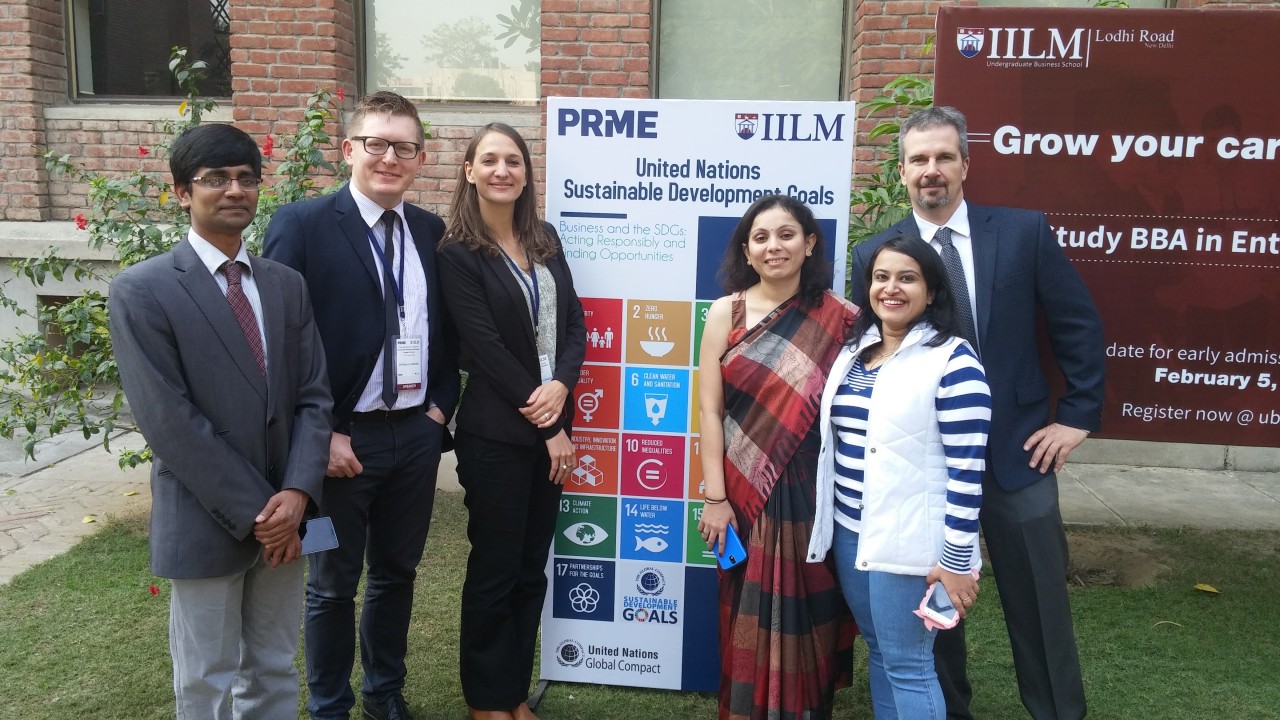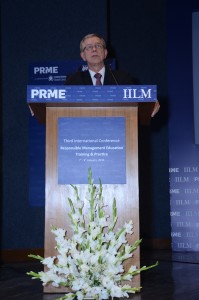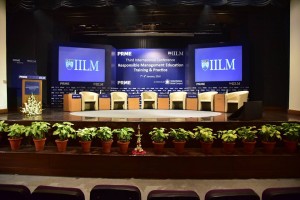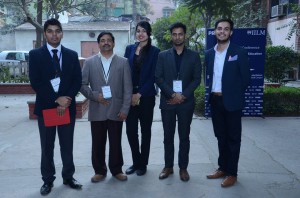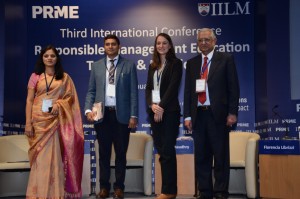The industry has become so competitive; newfound ventures are posing a challenge to the old giants. Time duration has shortened to achieve targets of becoming a billion-dollar company. It took years for Tata, Birla and Mahindra to join the billion-dollar club whereas Flipkart became a $15.5 Billion company in just 13 years. Innovations in computer and IT fields have changed the way we see a business in the last few decades. The Internet is generating data in Gigabytes every day. Financial analysts explore the financial data and use financial ratios to generate meaningful reports for the company and the competitors. In a VUCA, world businesses want to make the strategy for tomorrow with more accuracy. Analytics answers these business queries. A combination of statistical models and computer software with financial analysis can add cherries in the financial reports. Note that, I am not denying or minimizing the relevance of financial ratios or financial analysis.
Top business schools now not just focus on teaching financial analysis and financial analytics because the later one facilitates predictive modelling. In short, it tells us, what is going to be the next?
Financial analytics is a forward approach. It focuses on identifying the business problem first and provides solutions. Financial analytics is a great tool in the field of risk management and investment. Being In the domain of financial analytics, your concerns are not just finance but all the business operations.
Let us see the few aspects of financial analytics-
#1 News Analytics- Stock prices and investor’s sentiments are highly correlated. News is a powerful tool that affects an investor’s sentiments. For instance, analysts commented on the press conferences of President Trump making an upward move in the US stock market. An analyst needs to create a model that can infer the effect of the news. A business school or MBA program students looking for a career in financial analytics must have an insight into the effect of the news on the stock price.
#2 Credit Risk Analytics- Default of receivables affects the liquidity of the organisation. This branch is very useful for banks and NBFCs. It analyses and predicts the future chances of default and the possible clients that may become defaulter in the future. Lending institutions can take preventive actions for such clients.
#3 Revenue and Pricing Analytics– Pricing covers everything whatever an organization does. A small change in the pricing of the product can create drastic changes in the revenue. While changing the price you need to check how you can increase value to the consumer. And the price must be acceptable to the consumer. MBA in Delhi NCR and PGDM colleges are offering dual specialization. Students with dual degrees in finance and marketing can get good opportunities if they are also interested in playing with numbers in statistics.
#4 Cash Management Analytics- This is a proactive approach to forecasting the liquidity and working capital requirement. It is also helpful in inspecting the blockage of smooth flows of payment. It further optimizes and rationalizes the cash management process efficiently. Some management graduates don’t like to go in the field of the stock market and prefer to be in the area of accounting so they can join this field.
#5 Trade and Supply Chain Finance Analytics- MBA, PGDM or BBA students looking to work not in a specific domain but for a business as a whole can be a part of this field. Trade analytics is all about finding new territories and customers for the products. In marketing language, it is about finding a niche market. However, supply chain finance is related to logistics and financing of the supply chain. Businesses want to minimize the cost that results in a minimum price. An analyst in supply chain looks for the possibilities to minimize the cost of transportation.
We have just scratched the crust of financial analytics. There are several possibilities available for students for job opportunities and businesses to minimize the cost and maximize the profitability. Students facing phobia of mathematics and its related branches must understand that mathematics and its interdisciplinary branches will rule the world in industry 4.0.
In the coming times some people will be either making mathematical or statistical models while others might be implementing these models and take major decisions based on them. Keeping this in view, students looking for Business schools or MBA in Delhi NCR must prepare themselves for Financial Analytics as a career option. All they need to do is work hard and exercise effort while pursuing an MBA / PGDM program to gain expertise in financial analytics.
There is a lot to explore in this area, for more information on Financial Analytics & related readings follow my blogs on IILM Blog site https://blog.iilm.edu or write to me at ashutosh.singh@iilmgsm.ac.in. We look forward to students creating a difference.






